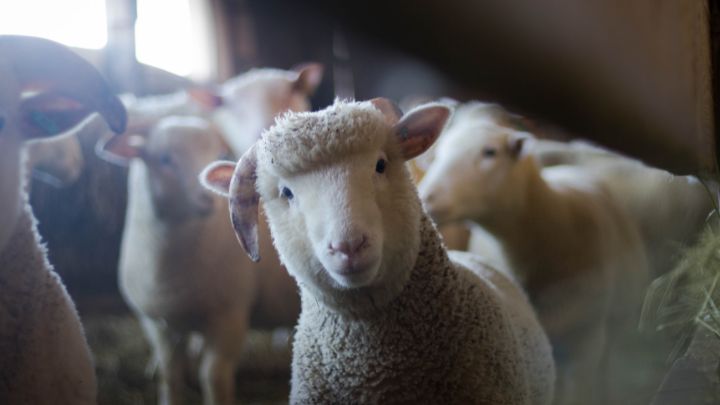According to Darwin’s theory of evolution, every complex organism, feature, and biological mechanism must be explained as the incremental build up from something simple. Darwin explains the existence of all things as having come from a simple, common ancestor. Through the natural process of random genetic mutations, that simple common ancestor must increase in complexity and gain new genetic information that would result in new, advantageous features for the organism. Over a long period of time, those new features would accumulate until an entirely new organism is formed.
There are many flaws to this line of thinking, but one such flaw is it neglects to consider the symbiotic relationships required for many organisms to exist. When there is a co-dependency between organisms, it means those two would necessarily have to evolve at the same time. This makes the odds of Darwinian evolution being successful even less likely than it already is.
For example, Darwinian evolution may attempt to explain the existence of, say, a motorcycle by incremental changes to a bike (granted, this is not an example from nature and it would require much intelligence to make the changes necessary, and those changes could not be done in a slight, successive fashion and still be a functional mode of transportation), but it becomes even more complicated when the motorcycle must evolve alongside all of its required accessories. The motorcycle cannot function unless a gas pump and gasoline has “evolved” as well. The motorcycle would also need oil for the engine and an air pump for the tires, and each of those would have to evolve simultaneously as well, otherwise the motorcycle does not work.
If we put this in terms of something from nature, it highlights the complexities of evolving something like the human eye. Not only does Darwinian evolution fail to explain the development of the structure of the eye itself, but it must also explain the evolutionary process of the brain to interpret the signals from the eye, the muscles to move the eye, the lid to protect the eye, the blood vessels and tear ducts to nourish the eye, and even the location of the eye socket in the skull to allow the eye to see. These “accessories” to the eye are necessary for the evolution of the structure of the eye to be of any benefit to the organism. It means those things must evolve all at the same time, making this random, natural process even less probable of an explanation.
In terms of symbiotic relationships, Darwinian evolution must explain the existence of organisms evolving alongside their food sources. It must also explain the simultaneous evolution of plant life alongside these organisms. Plants depend on breathing organisms for carbon dioxide in order to produce their own food, and oxygen-breathing organisms are dependent on plants for oxygen. And again, the simultaneous evolution of these things decreases the probability of this natural, random process being successful in producing all living things.
Furthermore, it points to the conundrum of the existence of parasites. A parasite is an organism that lives in or on another organism (a host), is a different organism than that host organism, and depends on that host organism for its food. The parasite benefits from this arrangement, whereas the host organism is harmed by it. Some common examples would be a flea living off the host organism of a dog or a tapeworm hosting off a human.
In these examples, the parasite’s existence is completely dependent on the existence of the host organism, much like the motorcycle is dependent on gasoline and oil. Therefore, in order for the parasite to exist, its host must already exist.
One fascinating example of this is found in the life cycle of the liver fluke. The mature adult liver fluke lives in the intestine of sheep. The liver fluke lays its eggs from within the sheep’s intestine, where the eggs are then passed with the feces to the ground. When the eggs hatch, the larvae swims along until it finds a pond snail. The larvae make their way into the lung of the snail. While in the snail lung, the larvae grows and eventually loses the cilia on the outside of its body.
At this point in the cycle, the larvae has become a sporocyst that buds off into a new larvae known as a rediae. The rediae now has a mouth and a stomach and moves into the tissue of the snail. It continues to grow and develop until it becomes a different kind of larvae that resembles a tadpole. This larvae, known as a cercariae, works its way out of the snail and onto the grass. The cercariae loses its tail and wraps itself in a sheath.
While sitting on the grass, the cercariae waits to be eaten by a sheep, where it then travels to the sheep’s liver. From the there, the liver fluke matures into an adult and reproduces. It lays its eggs, and the cycle repeats.
The parasitic life cycle, especially for this particular parasite, is fairly complex, and highly problematic for Darwinian evolution to explain. Not only is it difficult to hypothetically recreate the slight, successive modifications from something simple to develop this organism with all of its many stages, but Darwinian evolution must explain the existence of all of the supporting organisms that make this life cycle possible.
The liver fluke could not exist without the existence of several other complex organisms. It is dependent on the existence of the sheep, the pond snail, the grass, and even the water in which to swim to find a pond snail.
If all of these things must exist simultaneously, it presents a problem for Darwin’s hierarchy of life, where everything moves from something simple to something more complex. The “simple” liver fluke surely would have existed long before something as complex as a sheep. Mammals are much further down the evolutionary hierarchy tree of life than something like a liver fluke. Yet the liver fluke cannot exist without the sheep.
Darwin would also need to describe by what order of changes could a liver fluke evolve anyway. The complicated life cycle with its many stages of development opens up many questions on what would initiate such changes to its “simpler” evolutionary ancestor. What mutation would occur to the ancestral parasite that would make this kind of life cycle more advantageous?
As Asa Chandler, a leading parasitologist, notes in his book Introduction to Parasitology, “It would be difficult, if not impossible, to explain, step by step, the details of the process of evolution by which some of the highly specialized parasites reached their present condition.” Indeed it is difficult to even hypothetically reconstruct what path Darwinian evolution would tread to produce this kind of organism. Granted, there could be some discussion as to why God would create parasites, but the evidence surely shows that God did create them. The blind, random, natural process of Darwinian evolution is an inadequate explanation to their existence.





2 thoughts on “Could Evolution Explain This?”
Great article Cathryn. Great questions and great quotes from scientists. I wish everyone would think clearly about these questions. Yes, God created. Yes, he could have used evolution, but the preponderance of evidence seems to show me that wasn’t his method.
I agree completely!
Comments are closed.